Native Plant Landscape: Using Wildflowers In The Garden
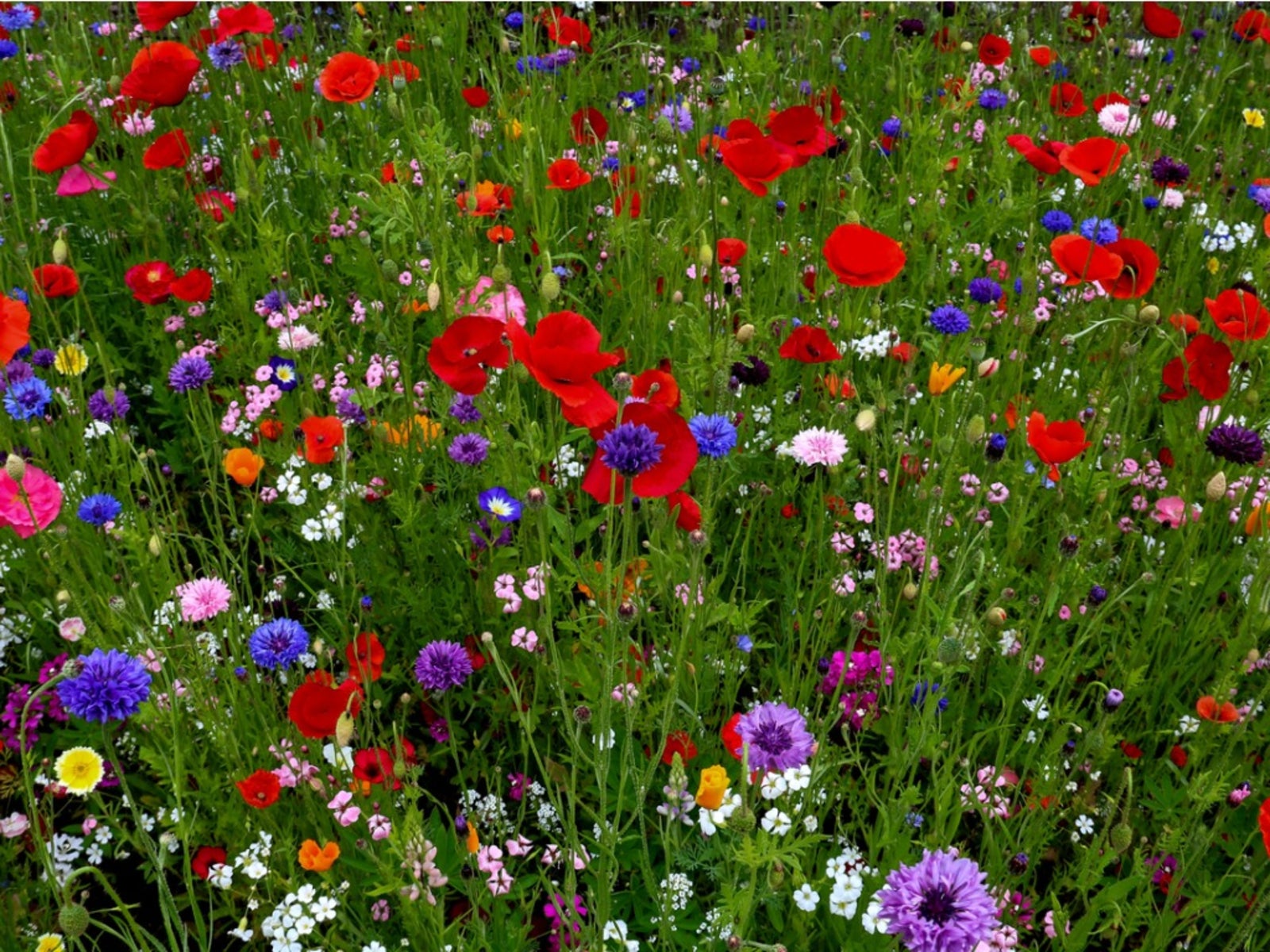

Growing wildflowers in a native plant landscape offers an easy-care solution to all your gardening needs. Nearly any spot in the garden is ideal for growing these native plants because they are already well adapted to your particular 'neck of the woods.' Also, if your space is limited, such as with urban dwellers, you can even grow wildflowers in containers.
Wildflower Gardening
Most wildflower and native gardens are planted in borders and beds, sometimes along tree or property lines. A quick scan of your property and surrounding landscape will enable you to see exactly what plants thrive in your area. These plants and others with similar attributes will be the ideal choices for your desired wildflower gardening planting scheme.
How to Use Wildflowers and Native Plants
Typically, you'll find the most wildflower species growing within woodland environments, and these are often the more commonly planted. Woodland gardens are composed of native species that include a variety of flowering plants, grasses, shrubs, and trees. Designing your own native plant landscape often entails carefully layered plantings, as found in their natural setting. This could include a grouping of small trees followed by shrubs and finished off with foliage plantings, such as ferns, and other wildflowers. Many of these native plants thrive in partially shaded areas and can easily be incorporated into any shady areas of the yard that you may find challenging for growing other types of plants. In fact, placing shade-loving plants like anemone, bleeding heart, wild ginger, or hepatica beneath a large shade tree will create a lovely woodland garden for those with limited space. Meadows or prairies are another way to enjoy the benefits of a native plant landscape, especially for those with wide, open spaces. In a native meadow garden, wildflowers bloom abundantly throughout the season. Most meadows include both native grasses and wildflowers. Some of the more commonly grown plants here include:
Natural prairie gardens may consist of nothing more than open grassland but if you mix it up by adding wildflowers, the result will be a pleasing blend of vivid flower colors popping out from the greens and golds of native grasses. You can easily create either of these gardens by converting a treeless lawn into plantings of native grasses along with a variety of wildflowers, or whatever grows naturally in your area. Good choices to try may include:
- Prairie dropseed
- Switchgrass
- Indian grass
- Prairie clover
- Goldenrod
- Bluebells
- Butterfly weed
- Prairie onion
- Prairie smoke
Growing wildflowers spread more naturally throughout the native plant landscape. They are also more trouble-free and easier to maintain than most other flower gardens. Whatever type of native garden you choose, mix in various heights, forms, colors, and textures. Choose wildflowers that bloom at different intervals as well as those with attractive foliage to ensure year-round interest. Regardless of when, where, or what you plant, the site preparation should include manageable soil, suitable light, and a nearby water source. Once your plants have established themselves in the garden, nature will take care of the rest, allowing you time to sit back and take it all in.
Gardening tips, videos, info and more delivered right to your inbox!
Sign up for the Gardening Know How newsletter today and receive a free copy of our e-book "How to Grow Delicious Tomatoes".

Heather Rhoades founded Gardening Know How in 2007. She holds degrees from Cleveland State University and Northern Kentucky University. She is an avid gardener with a passion for community, and is a recipient of the Master Gardeners of Ohio Lifetime Achievement Award.
-
 Types Of Tomatoes Explained: Explore The Many Wonderful Shapes, Colors, Flavors, & Best Uses
Types Of Tomatoes Explained: Explore The Many Wonderful Shapes, Colors, Flavors, & Best UsesThe world of tomato varieties is vast and fascinating. Learn about the key types to grow in your garden, tailored to your preferences and space.
By Amy Grant
-
 Try The Trend – Turn Any Bed Into A Keyhole Garden With This Clever In-Ground Composter
Try The Trend – Turn Any Bed Into A Keyhole Garden With This Clever In-Ground ComposterKeyhole gardening is an efficient and sustainable practice that saves space. Get started on this DIY project quickly and easily with an in-ground composter.
By Bonnie L. Grant
-
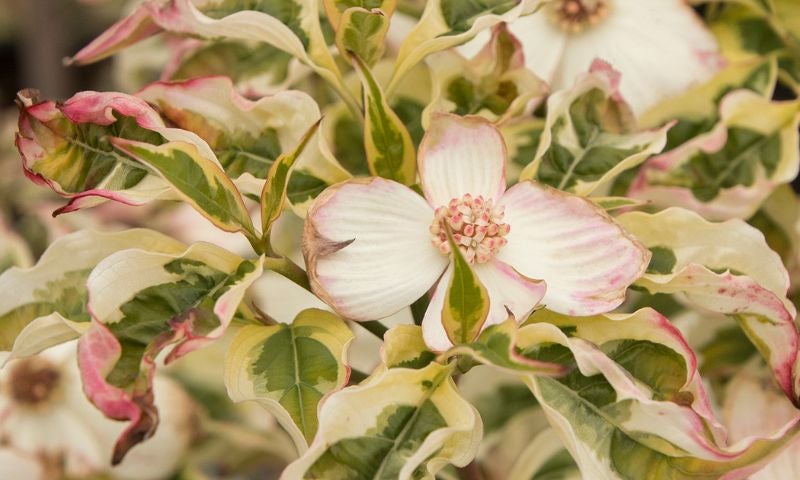 20 Hard-to-Find Spring Flowers & Plants That Look Amazing All Season
20 Hard-to-Find Spring Flowers & Plants That Look Amazing All SeasonIt’s finally beginning to look like spring! If you’re eager to find some unique, hard-to-find varietals to satisfy your spring fever, look here first.
By Caroline Bloomfield
-
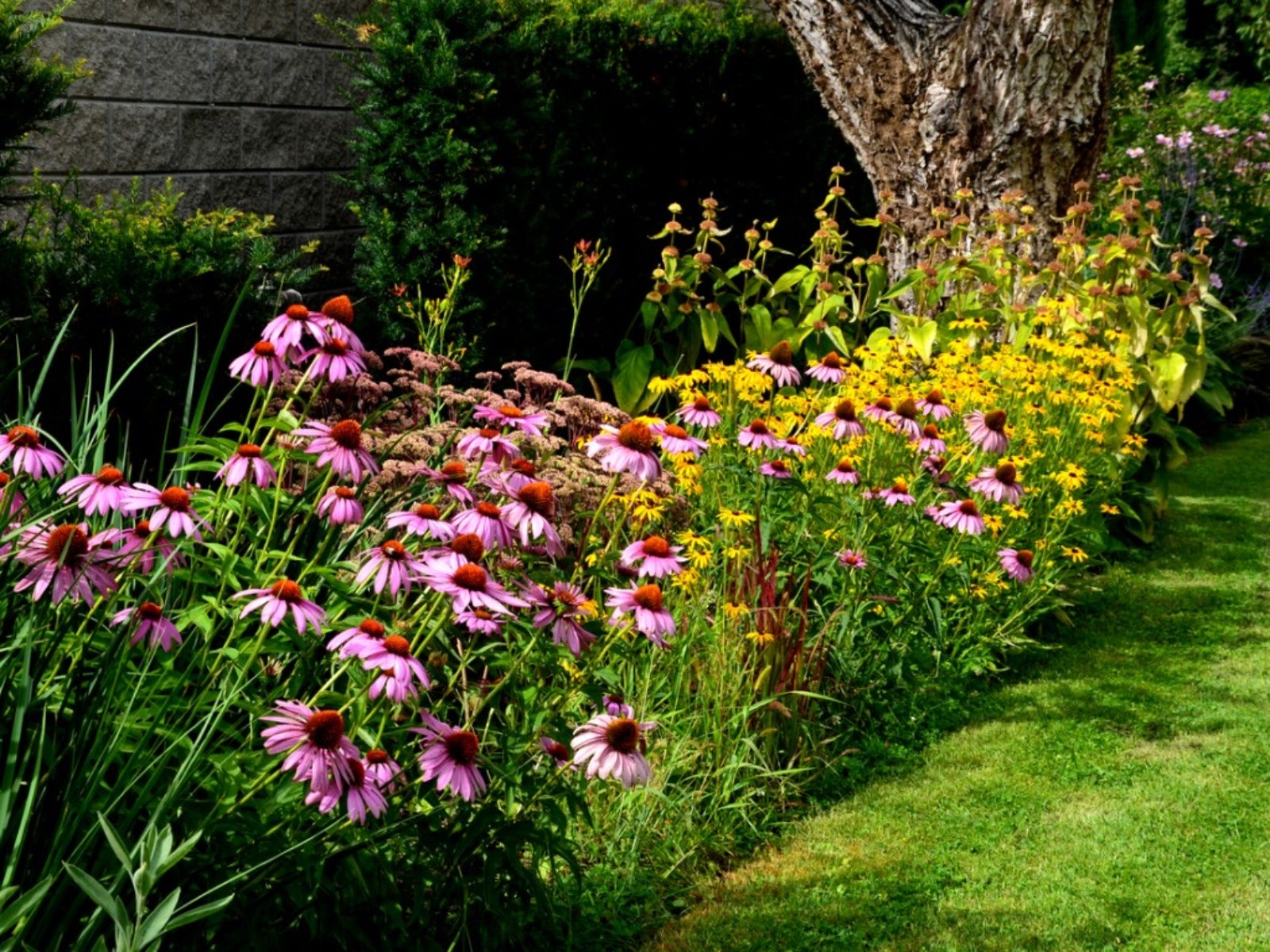 How Wildflower Strips Help Attract Pollinators To Your Yard
How Wildflower Strips Help Attract Pollinators To Your YardIf you have a small garden spot or strip available, fill it with wildflowers for our hungry pollinators. Click to learn more.
By Tonya Barnett
-
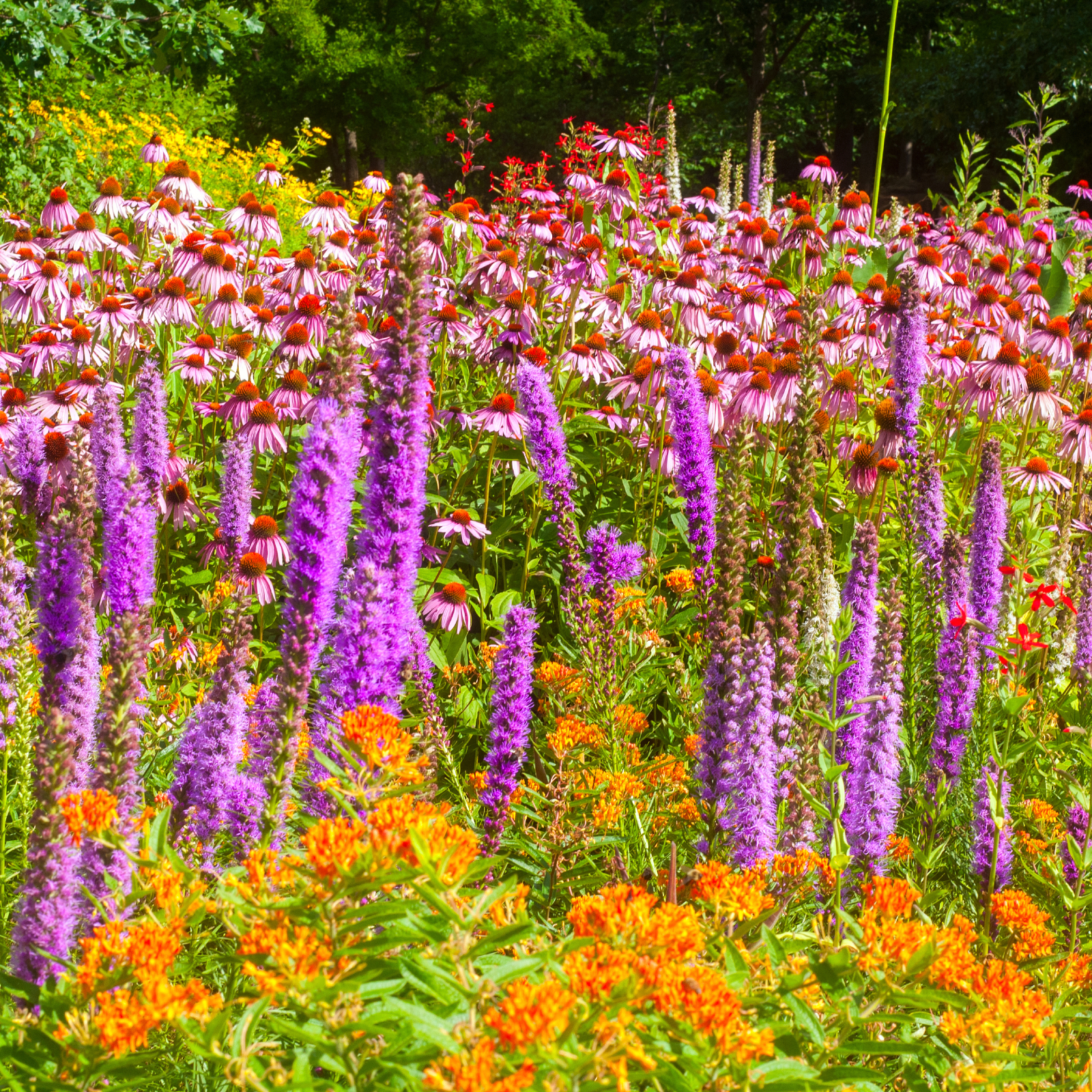 10 Knockout Native Flowers To Add A Punch Of Color To Your Garden
10 Knockout Native Flowers To Add A Punch Of Color To Your GardenGrowing native is the way to go. See our list of ten native wildflowers that will knock you out with color.
By Amy Grant
-
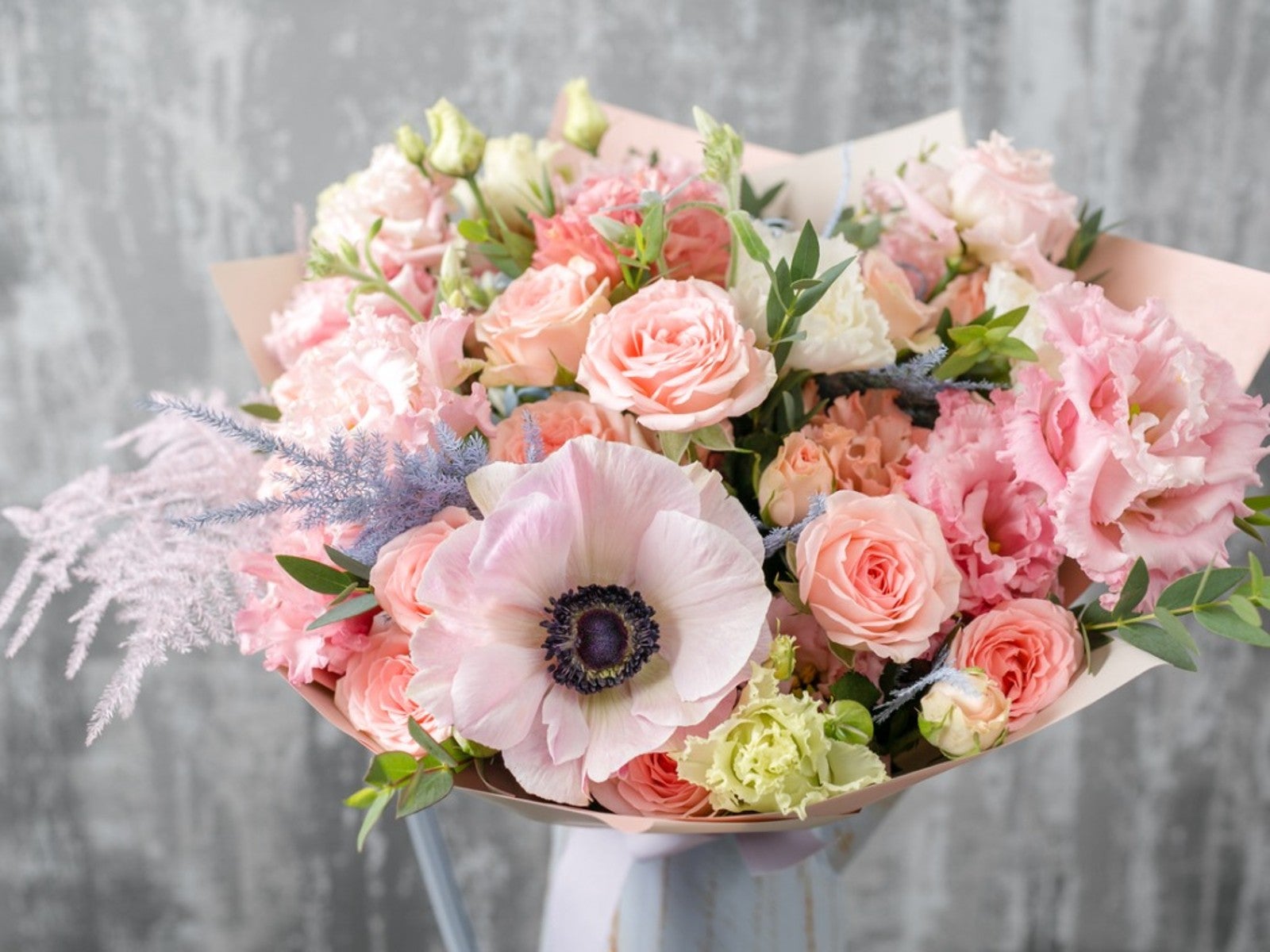 Pretty Plants For A Pastel Flower Bouquet
Pretty Plants For A Pastel Flower BouquetRoses aren’t the only romantic flower. Some romantic pastel flowers can fill in beautifully.
By Tonya Barnett
-
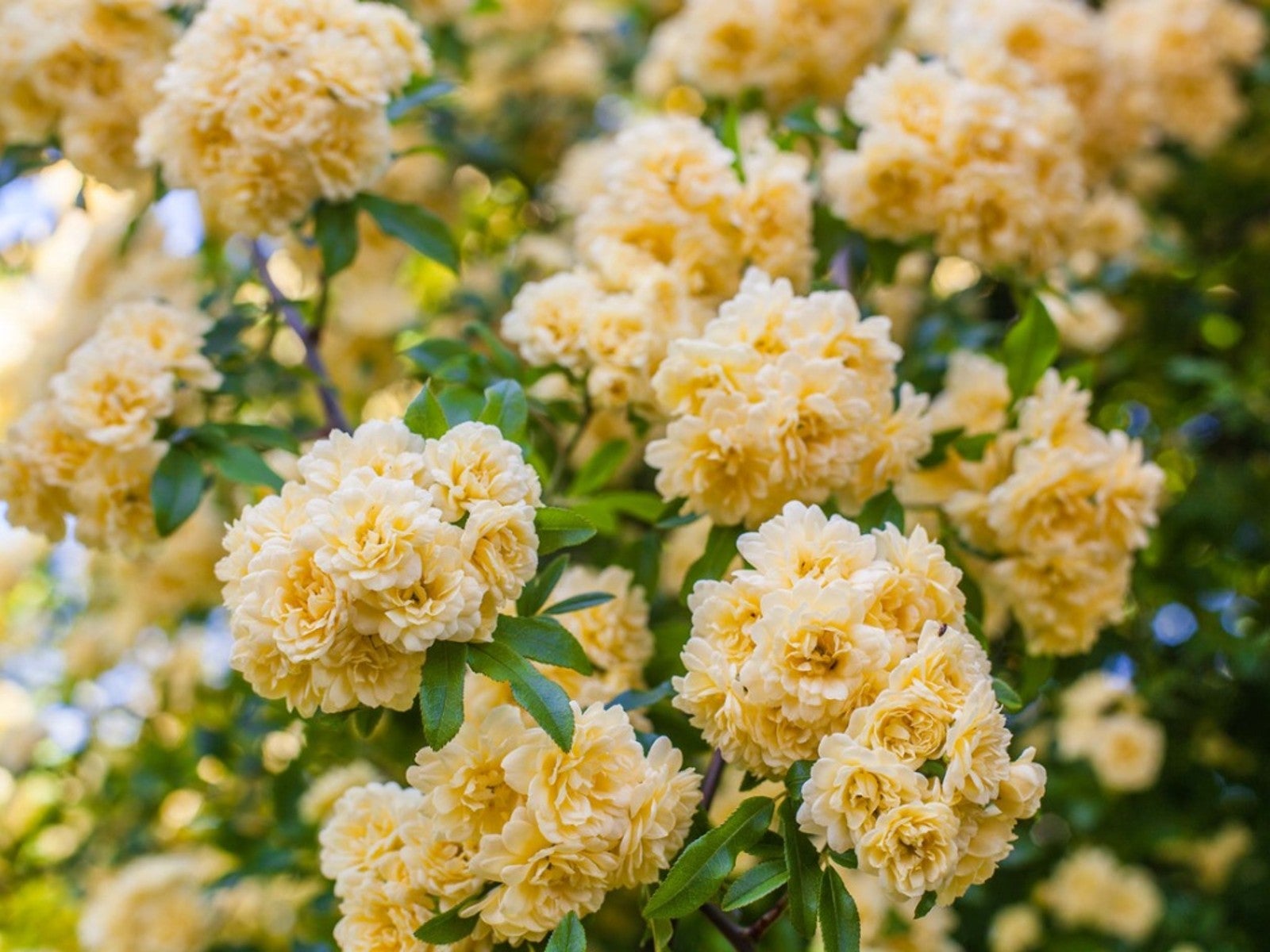 Soft Yellow Plants For A Sunny Pastel Garden
Soft Yellow Plants For A Sunny Pastel GardenClick here for ideas on some pale yellow flower varieties for pastel garden designs.
By Tonya Barnett
-
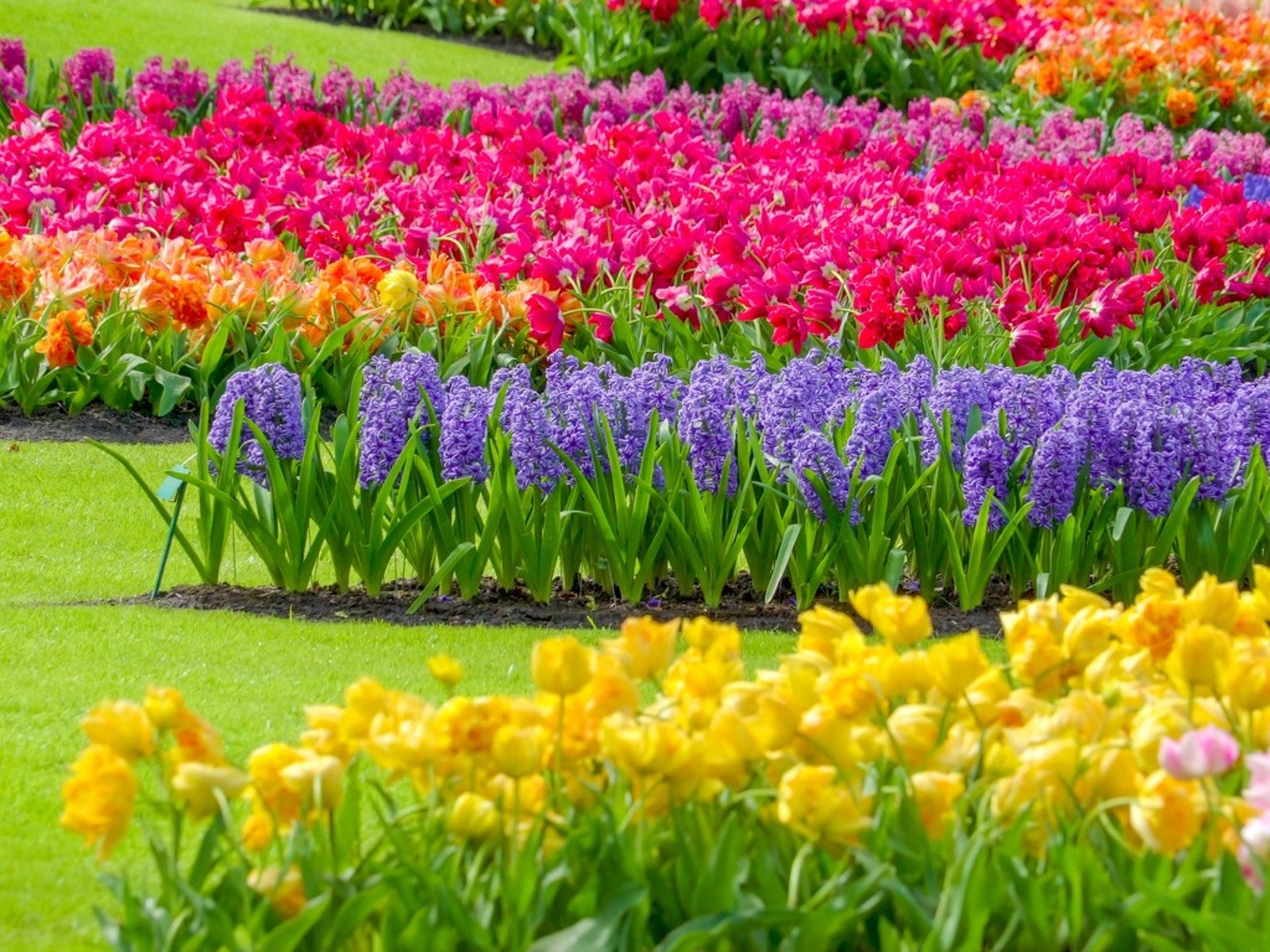 Most Common Flower Color In The World
Most Common Flower Color In The WorldWhat are the most common and least common flower colors in the world? Click here to find out.
By Mary Ellen Ellis
-
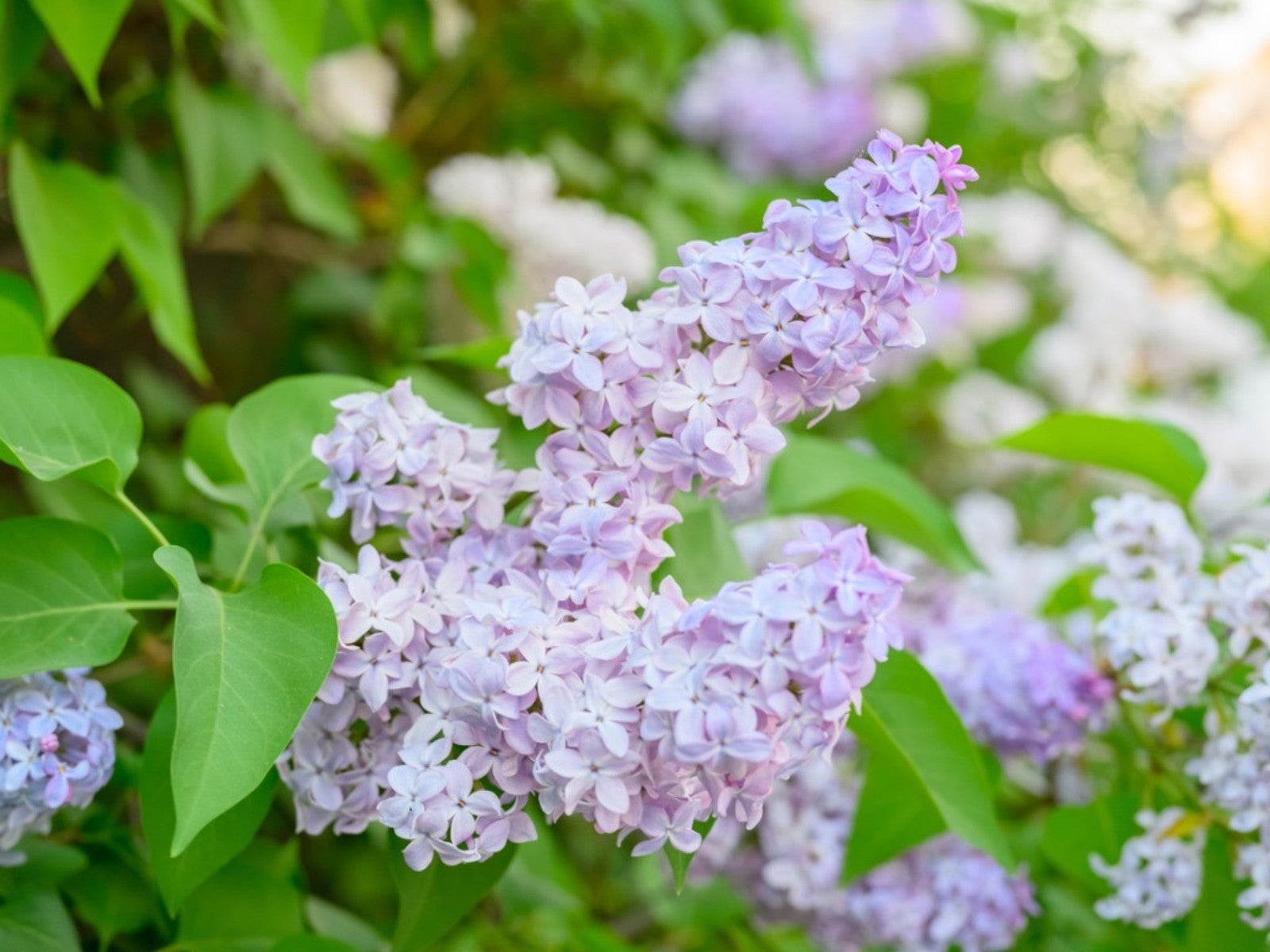 Pastel Plants For A Lovely, Light Purple Flower Garden
Pastel Plants For A Lovely, Light Purple Flower GardenClick here for ideas on some light purple plants for a pretty, pastel garden display.
By Tonya Barnett
-
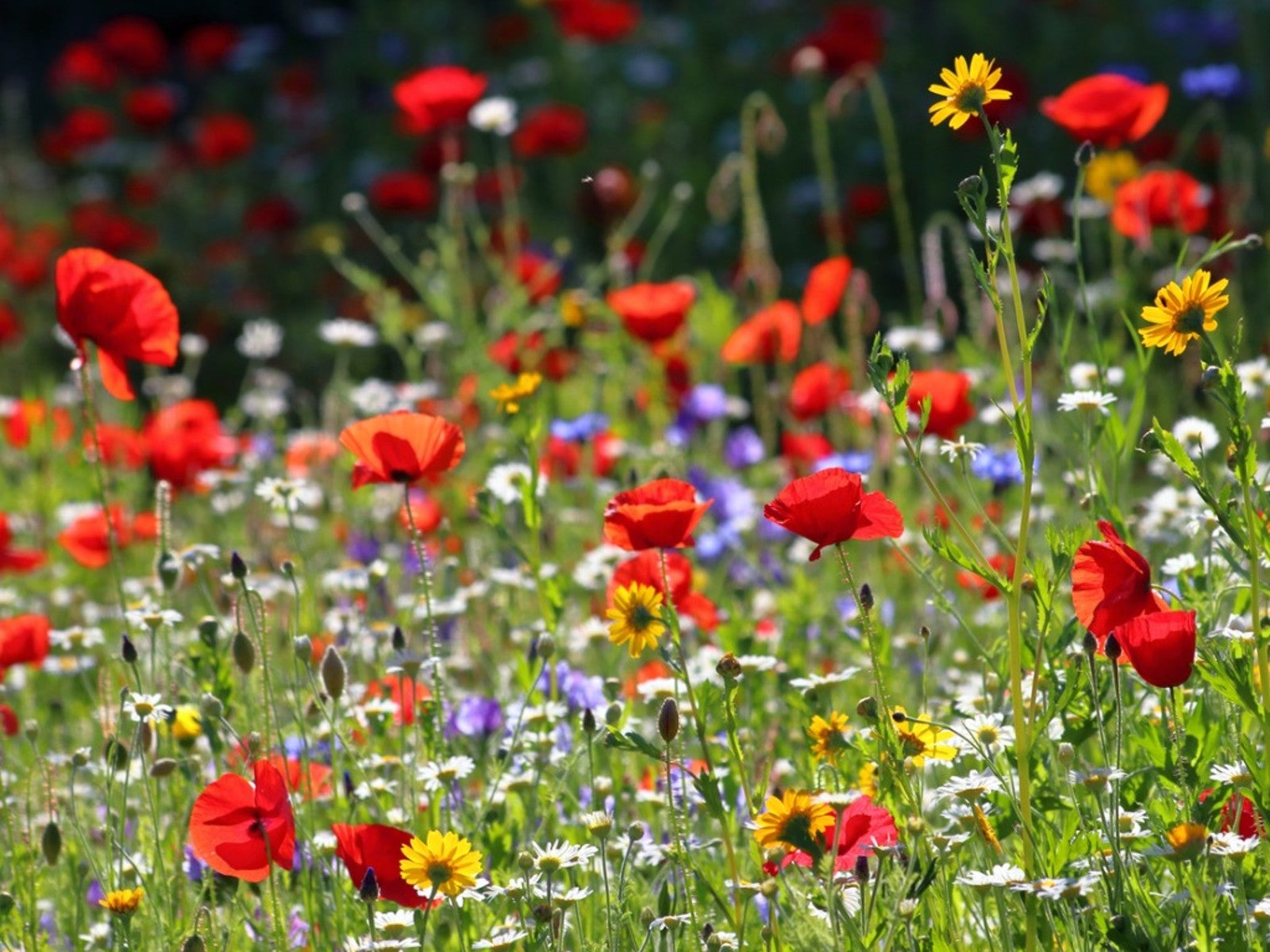 Plant Wildflower Seeds In Fall for A Stunning Spring Display
Plant Wildflower Seeds In Fall for A Stunning Spring DisplayCan you plant wildflower seeds in fall? What makes fall the best time to sow wildflower seeds? Click here for more.
By Tonya Barnett